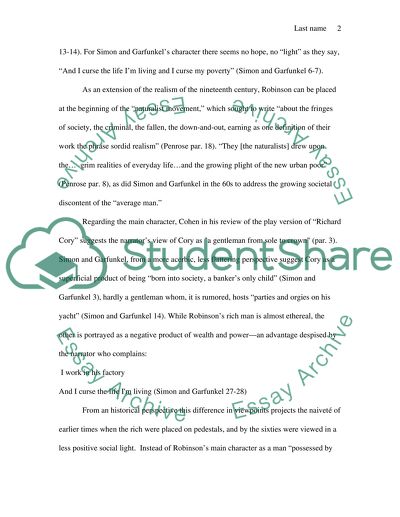Cite this document
(“Richard Cory from a Nineteenth and 20th Century Perspective Essay”, n.d.)
Retrieved from https://studentshare.org/environmental-studies/1410525-richard-cory-from-a-nineteenth-and-20th-century-perspective
Retrieved from https://studentshare.org/environmental-studies/1410525-richard-cory-from-a-nineteenth-and-20th-century-perspective
(Richard Cory from a Nineteenth and 20th Century Perspective Essay)
https://studentshare.org/environmental-studies/1410525-richard-cory-from-a-nineteenth-and-20th-century-perspective.
https://studentshare.org/environmental-studies/1410525-richard-cory-from-a-nineteenth-and-20th-century-perspective.
“Richard Cory from a Nineteenth and 20th Century Perspective Essay”, n.d. https://studentshare.org/environmental-studies/1410525-richard-cory-from-a-nineteenth-and-20th-century-perspective.


